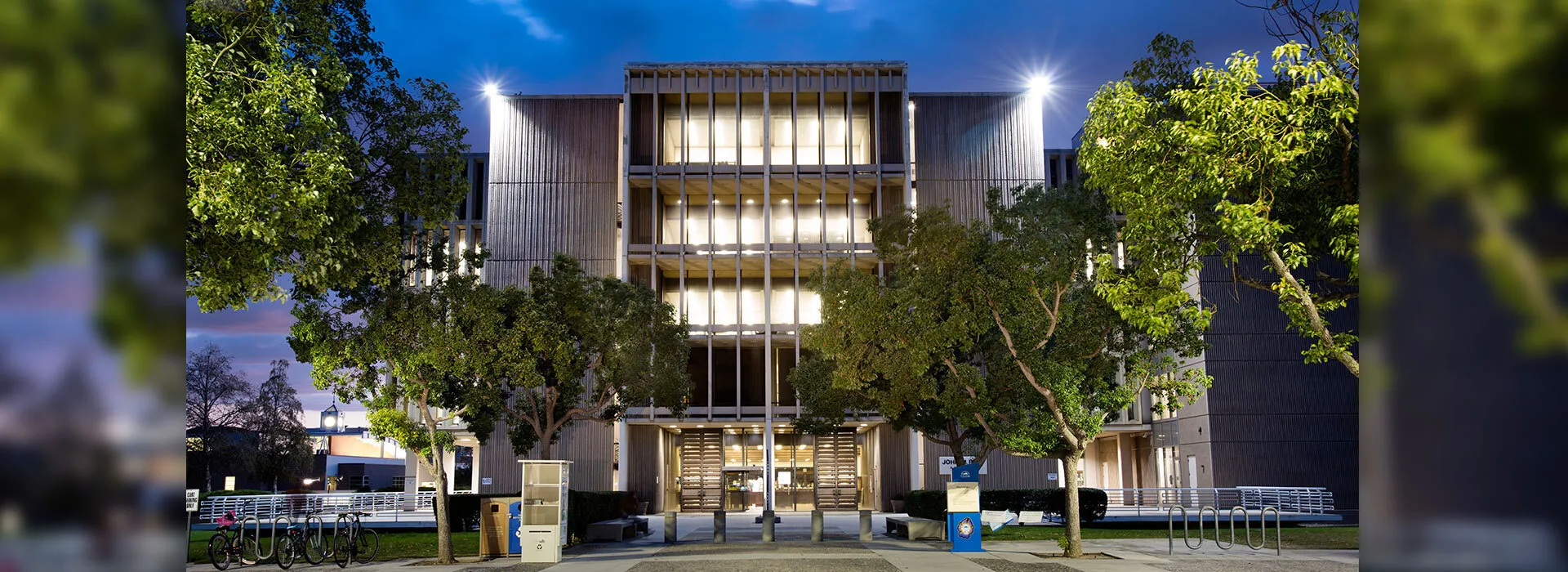
The lasting effects of the 1979 Iranian Revolution, from its promise of massive reform in its early days to a present-day government that some say is as corrupt at the regime it replaced, will be the topic of a lecture by prominent Iranian Studies expert Mary Elaine Hegland on Monday, Feb. 15, at Cal State San Bernardino.
“Political Islam: Engagement and Disengagement in an Iranian Community,” lecture and slide presentation,” is scheduled for 6-7:30 p.m. in the College of Education, room CE-105. The program, free and open to the public, is presented by CSUSB’s Center for Islamic and Middle Eastern Studies. Parking at CSUSB is $6.
“As Iran remains front-page news, learning about Iran’s recent history and its people have never been more timely or important for understanding the critical interplay of local and global politics in Iran,” said Ece Algan, director of CIMES and associate professor of communication at CSUSB. “Dr. Hegland’s talk will give us a great opportunity to do exactly that.”
Hegland, a professor of cultural anthropology at Santa Clara University, is the author of “Days of Revolution: Political Unrest in an Iranian Village” (Stanford University Press, 2014). She has made numerous visits to Iran, including two years (1966-68) with the Peace Corps during which she taught English as a second language at a girls’ high school, as well as several visits from 2003 through 2008 as she did research for her book.
In June 1978, she was in Iran as a social/cultural anthropology student doing field research for her doctorate degree, settling in a village named Aliabad, near the city of Shiraz, in southwest Iran.
She had no clue that she would soon witness a revolution firsthand, unwittingly becoming the only American researcher in the country during her 18-month stay.
Demonstrations against the rule of U.S.-backed Mohammad Reza Shah Pahlavi began in October 1977. The opposition, made up of secular and religious groups, was discontent with the Shah’s rule, which it saw as oppressive, brutal, corrupt and extravagant. From August through December 1978, strikes and demonstration paralyzed the country.
By late fall 1978, Hegland found herself taking part in marches in Shiraz with friends from Aliabad, often with her 18-month-old daughter in her arms. She also turned her attention to the political and religious turmoil the villagers were experiencing, and how they became involved in revolutionary discussions and marches. While some were strongly opposed to the Shah and his government – and sided with the opposition – others remained on the sidelines, not choosing a side until the Shah’s forces acted with violence against some of the villagers. The Shi’a Muslim authorities provided an alternative, promoting the promise of social justice.
As the opposition grew, the Shah fled Iran in January 1979. The Iranian Revolution replaced a monarchy with an Islamic Republic led by Grand Ayatollah Ruhollah Khomeini, the leader of the revolution who was supported by various leftist and Islamic organizations, and Iranian student movements.
Hegland learned that by the fall of 2014, however, most residents of Aliabad had become disillusioned with the promise of the Islamic Republic. Disappointed and angry with lack of freedoms and corruption, often facing financial and employment problems, challenged by rigid social pressures for conspicuous consumption, and worried about the future of their children, people living in Aliabad, and those who had moved into Shiraz, were often criticizing the policies and pronouncements of the Islamic Republic, losing interest in and attachment to their Shi’a religion.
In addition to her fieldwork in Iran, Hegland has also worked in in Afghanistan; Peshawar, Pakistan; Turkey; Hyderabad, India; and among Iranian Americans in California’s San Francisco Bay Area. Based on her field research, Mary has published many articles about women and gender in politics and revolution; religion, rituals and politics; women, gender and religion in Iran and Pakistan; family and kinship; and social, political, religious, and cultural change.
Hegland’s presentation is co-sponsored by the University Diversity Committee. For more information, contact Ece Algan, director of CIMES, at ealgan@csusb.edu or (909) 537-7469.
Set in the foothills of the beautiful San Bernardino Mountains, CSUSB is a preeminent center of intellectual and cultural activity in inland Southern California. Celebrating its 50th anniversary in 2015-2016 academic year, CSUSB serves more than 20,000 students each year and graduates about 4,000 students annually.
For more information about Cal State San Bernardino, contact the university’s Office of Strategic Communication at (909) 537-5007 and visit news.csusb.edu.